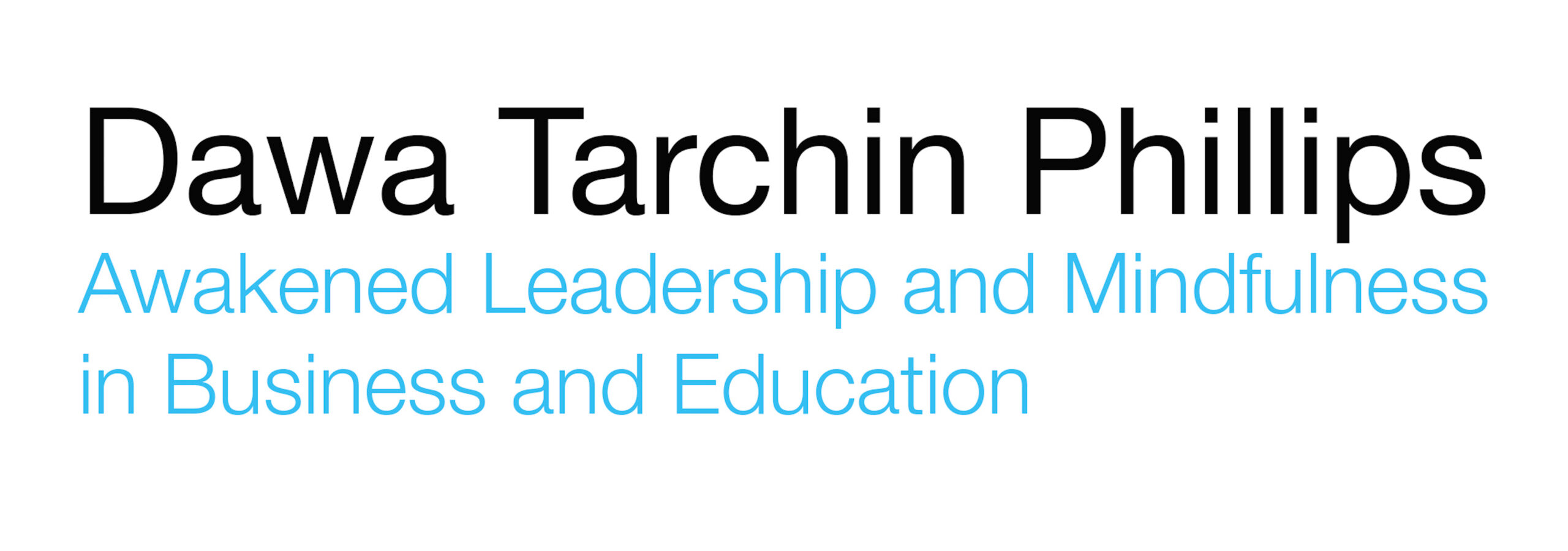
SIMPLE MINDFULNESS PRACTICES TO INCREASE EMOTIONAL INTELLIGENCE
John’s VP of Finance, Katie stepped out from the conference room and retreated to the bathroom, sobbing. This wasn’t the first time John screamed at her; in fact, his angry outbursts shook up most staff members that he came in contact with. Some lashed back. Some, like Katie, tried to work through the hurt. Some just quit. After this Tuesday’s incident, even the company’s President knew his CFO, John, had crossed a line. It wouldn’t be long before John’s harsh, emotionally immature outbursts would burn important bridges or the company. John’s behavior was becoming a liability, but he did not realize it.
John struggles with a common 21st century ailment: MERS. Mindless Emotional Reactivity Syndrome. Yes, I made up that term. It is a phenomenon that erodes company culture, professional relationships and careers, and often debilitates executives from fulfilling their potential as true leaders.
Emotional intelligence Is the Cure
Emotional intelligence is a quality that sets star leaders apart from the average. Daniel Goleman affirmed what many had been thinking through his careful assessment of close to 200 global companies: truly effective leaders are distinguished by a high degree of emotional intelligence.
Emotional intelligence determines a person’s capability to monitor their own emotional states, and those of other people around them. Emotions cloud our mental acuity and quality of decision making and vice versa. And when our emotions become uncomfortable or uncontrollable, so do our thoughts and eventually our behavior.
A study published by the Clinical Psychological Review notes the interconnectedness of mindfulness and emotional regulation, especially when it comes to discerning the quality and reality of our thoughts. Are we to believe everything we think? Are all of our emotions justified?
How Mindfulness Bolsters Emotional Intelligence
Emotional regulation can be achieved through mindfulness practices. To state it another way: Mindfulness is the foundation of emotional intelligence.
By expanding our attentional focus to our present state, through mindfulness, we train the brain to become more emotionally aware. This is critical for any leader when interacting with others. Leaders need to maintain control over their own emotional state, because it affects the emotions of others.
A study in 2013 cited six specific mechanisms and neurobiological effects that result from mindfulness practices; two specific mechanisms that can benefit leaders are attention regulation and emotional regulation. Both key functions in expanding emotional intelligence.
Here are a few simple steps to take that will help you develop and increase your emotional intelligence through a mindful leadership approach:
1. Identify the emotion. Am I angry? Am I jealous? Am I frustrated? Being able to quickly acknowledge and identify the emotion experienced requires attention to the present moment and being in-tune to what you are feeling. But once you have identified it, you have gained some freedom already.
2. Accept the emotion. Don’t judge yourself. Everyone has emotions; they make us human. Without emotions you’re unable to feel compassion, love, joy, and relate to others. Yet don’t let the emotion overtake your behavior. Instead, realize that you are experiencing the feeling and must still consciously make the mental effort to choose your actions.
3. Disconnect from the event. Create a mental buffer between your emotion and the situation or person that causes the emotional distress. It is easier to work with an emotion when you can focus on it rather than the perceived cause of it. A research article from 2010 determined that practicing mindfulness for only two months can affect brain structures that alter how an emotion is processed. In as little as eight weeks, a practitioner can more readily free the experienced emotion from their own judgments, interpretation of events and self-talk.
4. Examine the lifecycle of the emotion. Pay attention to how an emotion comes about, how long the emotion lasts, what triggers the emotion, its impact on your mental steadiness, and how and when an emotion dissipates. It will help you reframe your relationship to emotions, and overcome or avoid further destructive emotional episodes because you know better what to expect.
5. Take responsibility for your emotion. While the trigger of your emotions might be something external, working with your emotions is your responsibility entirely. Avoid blame or a victim mentality. Instead, learn to overcome emotional distress to gain greater stability and peace.
When you practice these simple steps regularly you begin to notice a shift in the way you perceive and experience your emotions. Your brain develops agility and capacity for greater executive function and emotional stability. Mindfulness tools and attention to the present moment enhance your self-awareness, self-management, and social awareness – three of the four components of emotional intelligence. These are prerequisites for achieving greater relationship management, the fourth component of EI, which is essential for any leader to be successful in today’s business world.



